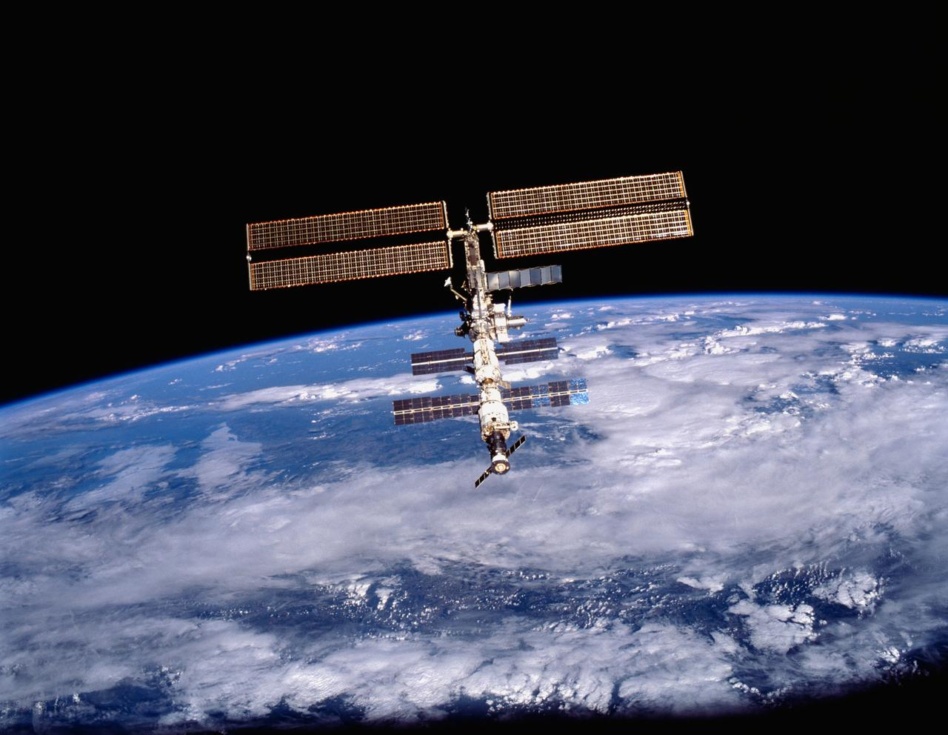NASA made progress on some big-ticket items this year that will help with its return to the Moon, but 2024 was also marked by some devastating losses for the space science community. Here are some of the space agency’s biggest milestones and most impactful decisions this year:
Need a lift? NASA acknowledged in April that its plan to bring samples of Martian dust back to Earth was both too time consuming and too expensive. But the vials collected by NASA’s Martian rover shouldn’t worry just yet. The agency is asking the commercial sector to save the day and figure out a faster and cheaper way to bring the samples to Earth.
AIm high: The space agency named its first chief artificial intelligence officer in May, showing that it’s taking seriously the potential benefit of automating some of its work, especially sifting through huge amounts of space data.
On its way: NASA launched its Europa Clipper mission to study Jupiter’s icy moon in October. The spacecraft—which was named one of TIME’s top inventions of the year—is expected to reach Jupiter in 2030.
Trash day: There was a lot of talk in the space community this year about life after the ISS, and NASA awarded a contract in June that will make that a reality. The $843M contract will pay SpaceX to develop a deorbit vehicle that can pull the orbiting lab into the Pacific Ocean.
Phone home: We bid adieu to NASA’s Tracking and Data Relay System, which facilitates communications with NASA’s near-Earth spacecraft. The mission of the system, which officially stopped accepting new business last month, will be filled by commercial constellations for all future projects.
Cancel culture: We also said another sad goodbye to VIPER, the fully assembled lander that had its trip to the lunar South Pole canceled. But it’s possible the program could live to die another day if a company or international space agency takes over.
Layoffs: NASA’s Jet Propulsion Laboratory conducted two rounds of layoffs this year—one in February that axed roughly 8% of the workforce, and another in November that cut an additional 5%. Officials said the staff reductions were necessary to stay within the budget.
Moonward bound: NASA’s reliance on the commercial sector is still going strong, awarding a $116.9M contract to Intuitive Machines in August for a mission to the Moon’s south pole.
Work is also picking up for the next crewed flight to the Moon. The SLS core stage that will fly the crewed Artemis II mission around the Moon rolled out to the Vehicle Assembly Building in July, and NASA narrowed its list to nine potential landing zones for the Artemis III mission to the Moon’s surface—though the latter will be delayed to 2027.
Building a coalition: 18 countries joined the Artemis Accords this year, bringing the total to 51 signatories. Many participating nations also met twice—in May and in October—to try to put the accords’ principles into action.
Living the stream: NASA’s on-demand streaming service, NASA+, increased its viewership fourfold as it celebrated its first year of operation in September. The Solar Eclipse on April 8 also provided a unique opportunity for NASA to reach the public—the agency’s websites had 32M views that day, more than 15x the average.




